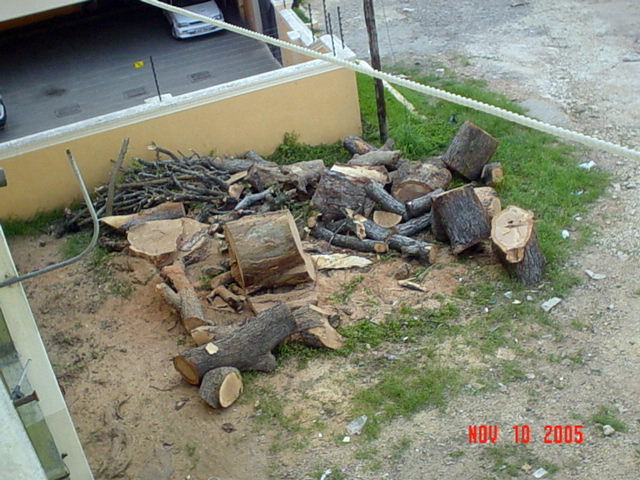Raziya
---------- Forwarded message ----------
From: Reishi Arun Parikh <notification+op1i6lge@facebookmail.com>
Date: Sat, Dec 15, 2012 at 9:37 AM
Subject: [Mombasa Traffic Expose] Emergency Procedures
To: Mombasa Traffic Expose <msatraffic@groups.facebook.com>
From: Reishi Arun Parikh <notification+op1i6lge@facebookmail.com>
Date: Sat, Dec 15, 2012 at 9:37 AM
Subject: [Mombasa Traffic Expose] Emergency Procedures
To: Mombasa Traffic Expose <msatraffic@groups.facebook.com>
| |||||||||


No comments:
Post a Comment